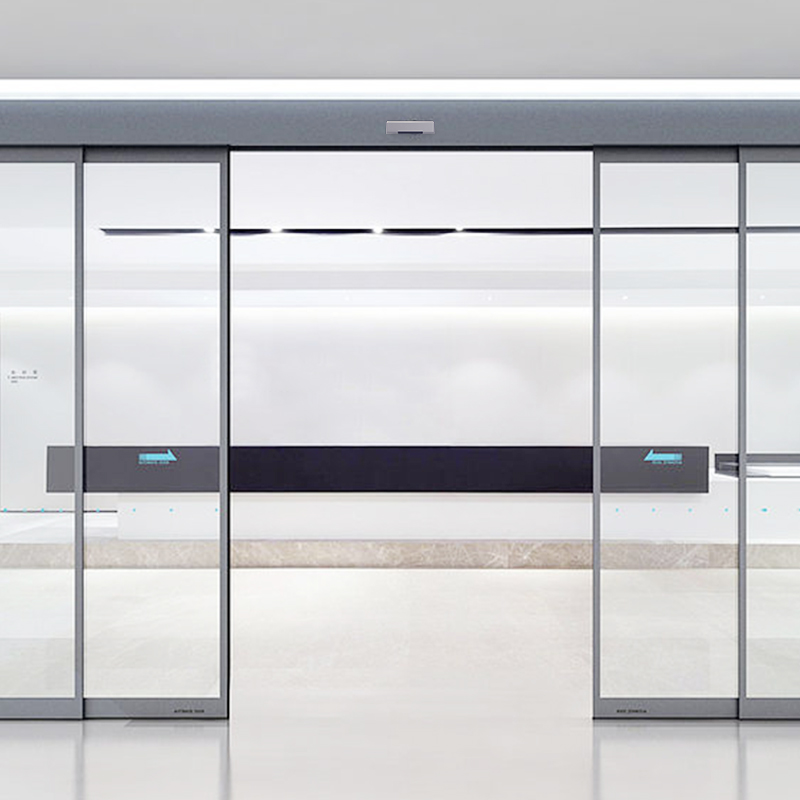How does an automatic entry sensor work?
Automatic entry sensors have become ubiquitous in modern buildings, offering convenience, security, and efficiency. But how exactly do these sensors work? This article delves into the mechanics and technology behind automatic entry sensors, shedding light on their functionality and applications.

Understanding Automatic Entry Sensors
Automatic entry sensors, also known as motion sensors or motion detectors, are devices that detect movement within a designated area and trigger a response, such as opening a door, activating a light, or sounding an alarm. These sensors are commonly used in various settings, including homes, offices, retail stores, and industrial facilities, to automate entryways and enhance security.
Basic Components and Technology
1. Motion Detection Technology: Automatic entry sensors utilize different technologies to detect motion. The most common types include passive infrared (PIR), microwave, ultrasonic, and dual-technology sensors. Each technology has its strengths and limitations, but they all work by detecting changes in the environment caused by moving objects.
2. Sensor Placement: Sensors are strategically placed near entry points, such as doors or windows, to monitor movement in specific areas. The placement and orientation of the sensor are critical to ensuring accurate detection while minimizing false alarms.
3. Signal Processing: When motion is detected, the sensor sends a signal to a control unit or receiver, which then triggers the programmed response, such as unlocking a door or activating a security alarm. Some advanced sensors can distinguish between different types of motion, allowing for more nuanced control.
Working Principle
The working principle of automatic entry sensors varies depending on the technology used:
1. Passive Infrared (PIR) Sensors: PIR sensors detect changes in infrared radiation emitted by warm objects in their field of view. When an object moves within the sensor's range, it causes a change in infrared radiation, triggering the sensor to activate.
2. Microwave Sensors: Microwave sensors emit continuous microwave signals and measure the reflections from surrounding objects. When an object moves within the sensor's coverage area, it alters the microwave reflections, prompting the sensor to detect motion.
3. Ultrasonic Sensors: Ultrasonic sensors emit high-frequency sound waves and measure the reflections from nearby objects. When an object moves within the sensor's range, it disrupts the ultrasonic waves, causing a change in the sensor's output.
4. Dual-Technology Sensors: Dual-technology sensors combine two or more detection technologies, such as PIR and microwave, to improve reliability and reduce false alarms. These sensors require both technologies to activate before triggering a response, enhancing accuracy.
Applications and Benefits
Automatic entry sensors have a wide range of applications and offer several benefits:
1. Convenience: They automate entryways, allowing for hands-free operation and seamless access for occupants.
2. Security: By detecting unauthorized movement, automatic entry sensors enhance security by triggering alarms or activating surveillance systems.
3. Energy Efficiency: In commercial buildings, sensors can control lighting and HVAC systems based on occupancy, reducing energy consumption and costs.
4. Accessibility: Automatic entry sensors improve accessibility for individuals with mobility impairments by eliminating the need for manual door operation.
Conclusion
Automatic entry sensors play a crucial role in modern building automation and security systems, offering a reliable and efficient way to detect movement and automate entryways. By understanding the underlying technology and working principles of these sensors, homeowners, businesses, and facility managers can make informed decisions about their implementation and maximize their benefits in terms of convenience, security, and energy efficiency.







